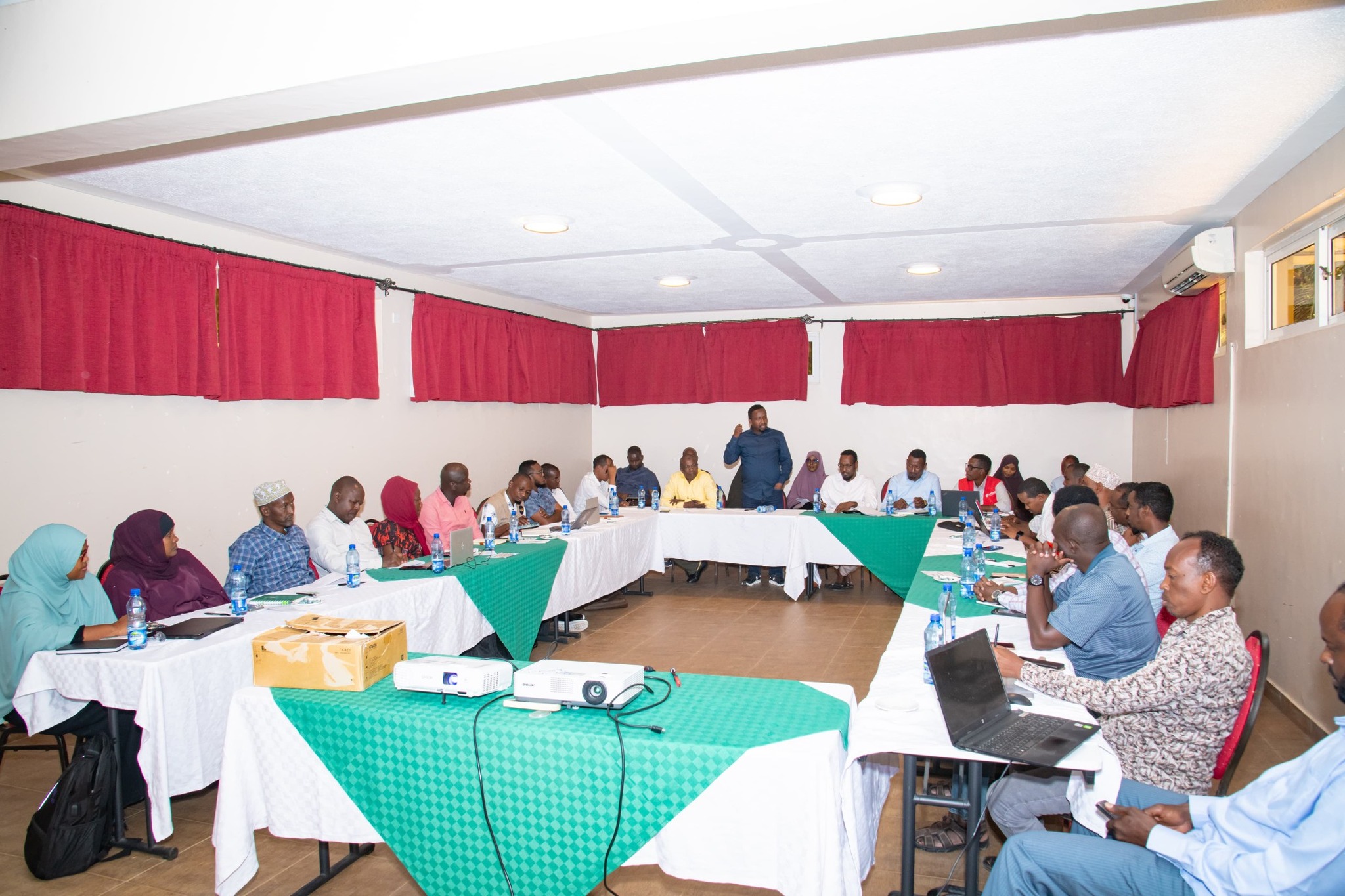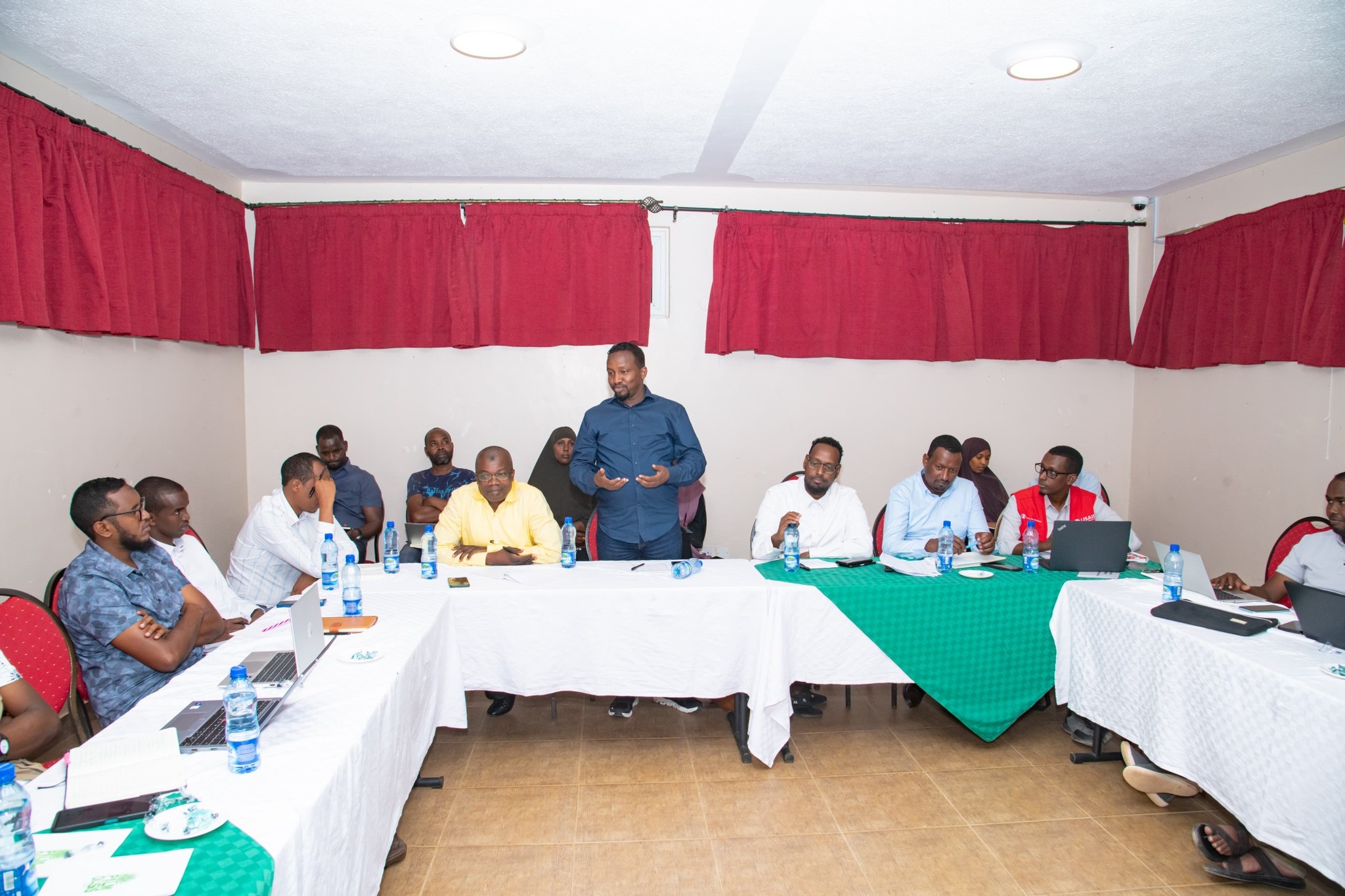The Garissa County Government has intensified efforts to mitigate the impact of drought by enhancing coordination among national and county agencies, humanitarian partners, and community stakeholders.
The renewed push was announced during a County Steering Group (CSG) meeting on drought preparedness and response, co-chaired by Deputy Governor Abdi Dagane and County Commissioner Mohamed Mwabudzo in Garissa town.
The session brought together representatives from the national government, development partners, and humanitarian organisations to review ongoing drought interventions and align priorities aimed at cushioning vulnerable families from the worsening effects of prolonged dry spells.

“We are working closely with national agencies and our partners to strengthen early warning systems, enhance water access, and support families to build resilience against the changing climate,” said Deputy Governor Dagane.
He emphasised that the county remains fully committed to protecting livelihoods and ensuring that no household is left behind as the region faces recurring drought conditions linked to climate change.
Garissa County has been among the areas frequently affected by drought, leading to water shortages, loss of livestock, and disruptions in livelihoods.
The CSG meeting sought to evaluate the effectiveness of ongoing interventions such as water trucking, livestock vaccination, food distribution, and cash transfer programs supported by government and development partners.
Dagane thanked partners for their sustained collaboration and resource support, noting that joint action remains critical to safeguarding communities in arid and semi-arid regions.
County Commissioner Mohamed Mwabudzo reaffirmed the national government’s commitment to strengthening local drought management systems, including improving data-driven decision-making and expanding early warning and rapid response mechanisms.
The meeting also underscored the need for long-term resilience measures, such as investments in sustainable water infrastructure, climate-smart agriculture, and livelihood diversification to reduce dependence on emergency aid.
As climate shocks continue to threaten livelihoods across northern Kenya, Garissa County’s integrated and multi-agency approach aims to build a stronger, more resilient future, one where communities are better equipped to withstand and recover from the impacts of drought.

